Steve Jobs: A Biography
Walter Isaacson
Rating: 8.2
“The attention to detail is astounding, and this is an encyclopedic record of Jobs’s life right up to his battle against cancer and death . . . a fitting legacy to a flawed genius – Evening Standard Isaacson has done an outstanding job. He keeps a sturdily detached perspective about Jobs’ many eccentricities. His biographer has written a captivating account of this digital visionary whose products have enthralled millions of people – Spectator This is a riveting book, with as much to say about the transformation of modern life in the information age as about its supernaturally gifted and driven subject.”
-Telegraph
Contents
Chapter 1: Childhood, Abandoned and Chosen
Steve Jobs was the biological son of John Jandali and Joanne Schieble. However, Schieble’s family disapproved of her relationship with Jandali, a Muslim. This made the two put Steve up for adoption, and he was adopted by Paul and Clara Jobs.
Paul was an engine technician who turned to car mechanics. He introduced Steve to engineering and design.
Steve was unsure about how he felt about his two sets of parents.
“Chosen , Special. Those concepts became part of who Jobs was and how he regarded himself.” the book states.
When Steve was young, his family moved to Palo Alto, California, in the famous “Silicon Valley” right at the technological boom period.
“I had no idea what i wanted to do with my life and no idea how college was going to help me figure it out.”
― Walter Isaacson, Steve Jobs: A Biography
Steve was often bored in school and found himself in trouble for things such as pranks, however, his parents only used this as a way to get the school to keep him engaged.
“I think different religions are different doors to the same house. Sometimes I think the house exists, and sometimes I don’t. It’s a great mystery.
― Walter Isaacson, Steve Jobs: A Biography
The only time that Paul ever was mad at Steve was when he found out Steve experimented with LSD and Marijuana.
In high school, Steve found his appreciation for other things than electronics, such as music and arts.
“In the first 30 years of your life, you make your habits. For the last 30 years of your life, your habits make you.”
― Walter Isaacson, Steve Jobs: A Biography
Chapter 2: Odd couple: The Two Steves
Steve Wozniak was five years older than Steve Jobs, however, their minds were very alike at the time they met in a mutual friend’s garage.
Their first project together called “Blue Box” used frequencies to make long-distance calls for free. When they began selling it, someone stole one right from them at gunpoint.
“People who know what they’re talking about don’t need PowerPoint.”
― Walter Isaacson, Steve Jobs: A Biography
Chapter 3: The Dropout
Jobs’ ‘different’ personality seemed to develop greatly during late high school. Jobs tried everything from strange diets to a range of drugs.
Jobs then attended Reed College, where he found that even despite the ‘Hippie’ reputation he did not enjoy college, due to things such as class attendance.
Jobs met Robert Friedland here, of which Jobs initially adopted Friedland’s quirks, however, eventually dismissed him as a gold-digger.
Jobs dropped out of Reed after only a year but was allowed to take courses that he enjoyed as he wished.
“The older I get, the more I see how much motivations matter. The Zune was crappy because the people at Microsoft don’t really love music or art the way we do. We won because we personally love music.”
― Walter Isaacson, Steve Jobs: A Biography
Chapter 4: Atari and India: Zen and the Art of Game Design
After a year and a half after officially dropping out of Reed, Jobs returned to Silicon Valley, where he promptly walked into Atari’s head office and said he would not leave until he had a job. He was offered one, however, most of his co-workers were quickly alienated by his personality.
“Steve Jobs had a tendency to see things in a binary way: “A person was either a hero or a bozo, a product was either amazing or shit”
― Walter Isaacson, Steve Jobs: A Biography
Temporarily, Jobs left Atari to go to India, where he pursued the interest in eastern culture.
The head of Atari challenged Jobs to create a one-player version of pong when he returned and offered a bonus for using little computer chips. He enlisted Wozniak to help him, and they finished the game in four days.
“If you act like you can do something, then it will work.”
― Walter Isaacson, Steve Jobs: A Biography
Chapter 5: The Apple I
While the computer revolution was being born in Silicon Valley, Wozniak saw a microprocessor for the first time. This gave him the idea for the modern computer: Keyboard, screen, and computer in one.
Wozniak wanted to give the design away for free, but Jobs found a way to make money off of it.
Jobs had been coming back from an apple orchard on that day and decided that the name “Apple” stuck. Thus, Apple Computers was founded.
Jobs and Wozniak labored hard to produce over a hundred computers in one month, which they sold to friends and a local computer dealer. The Apple I was profitable in thirty days.
Chapter 6: The Apple II: Dawn of a New Age
Jobs quickly realized that the Apple I computer lacked something larger companies had: presentation and money.
He used his Atari connections to find a retired 33-year old millionaire Mike Markkula, who had the connections to get Apple running.
Markkula even hired a publicist for Apple, and when the Apple II was released, the success was astounding.
Eventually, Markkula hired Mike Scott as President of the company, mainly to manage Jobs. The two clashed on many things, but in the end, the Apple II sold over six million units.
Chapter 7: Chrisann and Lisa
Jobs had been dating Chrisann Brennan on and off for five years, and they had their first child in 1978, named Lisa. Jobs, however, dismissed that the child was even his throughout the pregnancy.
Jobs later expressed regret over the way he handled the situation.
Chapter 8: Xerox and Lisa: Graphical User Interfaces
Jobs moved onto other projects after the Apple II but was not satisfied with the Apple III or the Lisa computers.
“Picasso had a saying – ‘good artists copy, great artists steal’ – and we have always been shameless about stealing great ideas.”
― Walter Isaacson, Steve Jobs: A Biography
Jobs had quoted Picasso, saying that “Picasso had a saying — ‘good artists copy, great artists steal’ — and we have always been shameless about stealing great ideas.”
Xerox was said to be the major innovator at the time, and Jobs struck a deal with them that allowed Apple access to some of Xerox’s technologies, such as the Graphical User Interface (GUI). This allowed a user to see text and graphics at the same time.
Jobs applied this new technology to the Lisa, as well as the modern computer mouse. However, the management of Apple demoted Jobs by the summer of 1980, and he wasn’t in control of large projects, due to his quirky behaviors.
Chapter 9: Going Public: A Man of Wealth and Fame
Apple went from being worth $5,309 in 1977 to $1.79 billion by the end of 1980, and after Apple’s stock market launch, Jobs was worth $256 million at age twenty-five.
Jobs didn’t show much interest in material things, other than fine sports cars and German knives.
Jobs excluded even some of the earliest employees from the stock market launch, by paying them hourly instead of salary-based.
Wozniak however, eventually gave away many of his stocks to these people.

One way to remember who you are is to remember who your heroes are.
– Steve Jobs
Chapter 10: The Mac is Born
The Macintosh project was originally headed by Jeff Raskin, but Jobs eventually won a power struggle, assuming full control over the project.
Eventually, he strengthened his power at head offices, when Mike Scott was removed as president after a round of lay-offs.
Chapter 11: The Reality Distortion Field
Jobs had a way of motivating people to do amazing things that his employees called the “reality distortion field,” meaning that Jobs could convince people that anything was possible by willfully distorting reality.
Jobs also only saw the world in black in white, meaning everyone was either “enlightened” or an “asshole.” as he is quoted as saying in the book.
Many employees complained of how they would present an idea, have Jobs berate them for being stupid, then watch as Jobs would present the idea a week later as if he had thought of it himself.
Later, Apple would start giving out an award to the employee who most bravely stood up to Jobs each year. Eventually, Jobs’ co-workers realized that at the heart of Jobs’ quirkiness was an absolute commitment to perfection.
“Simplicity isn’t just a visual style. It’s not just minimalism or the absence of clutter. It involves digging through the depth of the complexity. To be truly simple, you have to go really deep.”
― Walter Isaacson, Steve Jobs: A Biography
Chapter 12: The Design: Real Artists Simplify
Jobs’ perfectionism showed greatly in the Macintosh project. He wanted everything to be beautiful — packaging, interface, screens, and even inside the computer itself, which drove engineers crazy.
However, Jobs just wanted it to be a piece of art, and for the engineers and artists to feel the same. In fact, he had every engineer and artist that worked on the Macintosh’s name engraved on the inside.
“I discovered that the best innovation is sometimes the company, the way you organize a company. The whole notion of how you build a company is fascinating.”
― Walter Isaacson, Steve Jobs: A Biography
Chapter 13: Building the Mac
Jobs competed everywhere, including within his own company. He competed against Lisa to ship the Mac first. Lisa eventually flopped, leaving only the Macintosh for the backbone of the company.
“I want it to be as beautiful as possible, even if it’s inside the box. A great carpenter isn’t going to use lousy wood for the back of a cabinet, even though nobody’s going to see it.”
― Walter Isaacson, Steve Jobs: A Biography
Later in the year, Jobs was led to believe that he was to be named the man of the year by Time Magazine, however, they instead named his Macintosh “Machine of the Year”.
Chapter 14: Enter Sculley
Jobs believed that he was still too immature to run Apple himself, so he recruited John Sculley, the former Pepsi marketing director responsible for the Pepsi Challenge campaign. Sculley was initially reluctant, but Jobs won him over.
Sculley found Jobs as memorable as his machine. “He seemed more a showman than a businessman. Every move seemed calculated, as if it was rehearsed, to create an occasion of the moment.”
― Walter Isaacson, Steve Jobs: A Biography
The Macintosh was designed to cost $1,995 but Sculley insisted on pricing in the marketing costs for a big launch, which pushed the cost to $2,495. Jobs later blamed this decision as the primary reason Microsoft won control of the personal computer market.
Chapter 15: The Launch
Even as Apple was growing, IBM was slowly starting to win the lion’s share of the PC market. Apple’s response was the launch of the Macintosh in 1984, and the Macintosh launch would set the blueprint for Jobs’ future product launches.
First, Jobs hired Ridley Scott and spent $750,000 on the famous “1984” television commercial which was the first broadcast at the Superbowl that year.
He then began getting interviews with magazines, which eventually led to the launch of the Macintosh, when it was first introduced to the world.
“Steve’s sales pitch on the NeXT operating system was dazzling,” according to Amelio. ” He praised the virtues and strengths as though he were describing a performance of Oliver as Macbeth.”
― Walter Isaacson, Steve Jobs: A Biography
Chapter 16: Gates and Jobs
Bill Gates and Steve Jobs were both born in 1955 but whereas Jobs grew up like a hippie in California, Gates was the son of a prominent Seattle attorney and attended a private school.
Gates was soft-spoken and almost shy, and he had a sense for business and strategy that eluded the more artistic style of Jobs.
They first started working together when Microsoft was writing some software for the Macintosh, but their relationship soon soured when Microsoft produced Windows, which mirrored the Mac operating system.
While Gates correctly argued that both the Macintosh and Windows systems were rip-offs of a Xerox technology, Jobs never forgave Gates for this perceived betrayal.
Chapter 17: Icarus
While the Macintosh created a lot of buzzes initially, sales eventually slowed as people realized some of the machine’s limitations.
“The main thing in our design is that we have to make things intuitively obvious.”
― Walter Isaacson, Steve Jobs: A Biography
Also, Jobs’ personality began to clash even further within the company, and he eventually left it after toying with the idea of running AppleLabs, which is dedicated to coming up with new ideas.
Chapter 18: NeXT
Jobs started “NeXT” with his own money and hired away some of his favorite engineers from Apple, cooling relations with his first company.
NeXT was designed to respond to the needs of educational institutions for computing power.
During his time with NeXT, Jobs made some of the largest mistakes that he learned form later on.
Chapter 19: Pixar
Jobs acquired a 70% stake in Lucasfilm’s animation division for $10 million and renamed it Pixar, after the name of the division’s most important piece of hardware.
Eventually, Jobs realized he should focus primarily on the animation of Pixar after one of the shorts they produced was name the best of the year.
Chapter 20: A Regular Guy
Jobs waited until after his adoptive mother died in 1986 to seek out his biological mother.
He eventually reconnected with both Joanne Simpson and his sister Mona.
In an ironic twist, Jobs had often dined at his father’s Mediterranean restaurant in San Jose, without even realizing it.
His own daughter was very much like him, very temperamental, and sometimes they did not speak for months.
Chapter 21: Family Man
Jobs met his future wife Laurene Powell when he was giving a talk at Stanford Business School, where Laurene was a student.
Laurene got pregnant during their first vacation together in Hawaii. They got married in a small ceremony in 1991 and moved into a modest house in Palo Alto.
Jobs’ daughter Lisa moved in with them when she was in eighth grade, and she lived there until she went to college at Harvard.
Jobs also had three more children with Laurene, including a son, Reed, and two daughters, Erin Siena and Eve.
Chapter 22: Toy Story
Originally, Pixar lured animators away from Disney. When Disney could not lure them back, they instead partnered with Pixar to make Toy Story.
Of course, Jobs found a way to make more money off of Pixar, and on the initial market launch day, it was worth over $1.2 billion.
Jobs also struck a deal with Disney’s Michael Eisner to share all profits from future profits equally.
Chapter 23: The Second Coming
NeXT never made a dent in the computing industry because of its high cost and the small library of software.
“In the annals of innovation, new ideas are only part of the equation. Execution is just as important.”
― Walter Isaacson, Steve Jobs: A Biography
Meanwhile, Sculley was running Apple into the ground as he presided over diminishing profits and market share.
By 1996, Apple was openly floundering with its stock price down to around $14, and they had gone through a few CEO’s before settling on Gil Amelio.
“There are parts of his life and personality that are extremely messy, and that’s the truth”
― Walter Isaacson, Steve Jobs: A Biography
Amelio needed some fresh ideas for Apple and eventually chose to acquire NeXT.
At first, it was unclear what role Jobs would have at Apple, and eventually, Amelio and Jobs settled on simply calling him an “advisor.”
“When the sales guys run the company, the product guys don’t matter so much, and a lot of them just turn off.”
― Walter Isaacson, Steve Jobs: A Biography
Chapter 24: The Restoration
Once back at Apple, Jobs quietly began consolidating his power base by installing his favorite people from NeXT into senior Apple positions.
Larry Ellison of Oracle (the creator of JAVA) was constantly in the press claiming he was ready to finance a hostile take over of Apple and install Jobs as CEO whenever he wanted.
When it was clear that Amelio was not working out, they offered Jobs the CEO position but curiously, Jobs refused, insisting on remaining an advisor leading the search for a new CEO.
Instead, he started running Apple as the advisor, demanding the repricing of stock options for top employees, and that the entire board resigns.
Jobs also managed to strike a partnership with Microsoft, which ended a decade of litigation and sent Apple’s stock price soaring.
Chapter 25: Think Different
Jobs always believed in the importance of marketing, and one of his favorite campaigns was the “Think Different” campaign.
Jobs was also given the reigns of the company but remained as the “Interm” CEO.
Jobs canceled all licensing deals and decided to focus on making fewer, but greater projects.
However, working so much had him having less time for family, and when he did have time, he was too exhausted.

“It takes a lot of hard work, to make something simple”
– Steve Jobs
Chapter 26: Design Principles
Steve Jobs had an eye for talent, and when he realized how talented a designer Jony Ive was, he made him the second most powerful person at Apple.
They both understood the importance of packaging, and both of their names are listed on the patents for a variety of innovative packages for Apple products.
“In all of his products, technology would be married to great design, elegance, human touches and even romance.”
― Walter Isaacson, Steve Jobs: A Biography
Chapter 27: The iMac
The first product that Jobs and Ive designed together was the iMac, a desktop computer priced around $1,200 and designed for the everyday casual user.
Jobs and Ive made bold changes to the idea of what a computer should look like, choosing a blue, translucent case that gave the computer its signature “cuteness.”
Jobs launched the iMac in May of 1998, and critics raved about the novel look of the computer. The iMac sold 278,000 units in its first six weeks, and 800,000 by the end of the year.
Chapter 28: CEO
Jobs eventually accepted the title of full CEO, dropping the “interim” from his title.
Jobs immediately began cutting inventory, striking favorable deals with suppliers and brought in Tim Cook to head operations.
By this time, Jobs had been running Apple for two years while only taking a dollar a year in compensation, which unsettled the board.
The board also offered him 14 million stock options. Instead of accepting, Jobs actually asked for 20 million options instead, which the board reluctantly gave him.
“Unlike other product developers, Jobs did not believe the customer was always right; if they wanted to resist using a mouse, they were wrong.”
― Walter Isaacson, Steve Jobs: A Biography
Chapter 29: Apple Stores
Jobs believed in his products but hated the idea of someone else selling them, because the features that made Apple products unique could be lost in a big box retail store.
He began making plans for Apple retail stores. The board hated the idea of retail stores since Gateway had failed miserably by investing in stores. However, Jobs still put a team together to get stores up and running.
Apple’s stores were averaging 5,400 visitors a week by 2004. Jobs added the Genius Bar to his stores and eventually opened the flagship Apple store in New York City.
This store would eventually become the highest grossing store of any store in New York, including Saks and Bloomingdale’s.
Chapter 30: The Digital Hub
Jobs wanted Adobe to write video editing software for the Mac but Adobe refused, which Jobs saw as a betrayal and further convinced him that he needed control of the entire user experience, from hardware to software to the retail store.
Jobs decided that portable music players would be the next great Apple product, and acquired SoundJam to begin the process of designing Apple’s music player.
Critics were skeptical that people would buy a $399 music player, but consumers soon made the iPod so successful that it would change the entire music industry.
“You have to deeply understand the essence of a product in order to be able to get rid of the parts that are not essential.”
― Walter Isaacson, Steve Jobs: A Biography
Chapter 31: The iTunes Store
Around 2002, record companies were having major trouble with piracy. They came to Jobs for help.
Jobs convinced the music companies that they needed to compete directly with piracy by offering an affordable, seamlessly integrated way to purchase music that was more convenient than stealing it.
iTunes was a huge success, and eventually, Apple’s top management even convinced Jobs to offer a Windows version of the iTunes store.
The iTunes store sold seventy million songs its first year, and by January 2007, iPods were half of Apple’s revenues.
Chapter 32: Music Man
Jobs was such a fan of Bob Dylan that he eventually struck a marketing deal where Dylan would appear in an iPod commercial.
Dylan experienced a large wave of success after this commercial, which made appearing in an iPod ad something most artists would do for free.
Jobs was also a lifelong admirer of Yo Yo Ma, and he even got him to agree to play at his funeral.
Chapter 33: Pixar’s Friends
Jobs’ main role at Pixar was to structure the company’s deals, and the deal Pixar had with Disney was running out.
Bob Iger had recently replaced Michael Eisner as the head of Disney, and he and Jobs saw eye to eye.
Jobs and Iger were able to strike a deal where Disney acquired Pixar, and a fair number of Pixar employees landed in high-level roles in the animation division at Disney.
Chapter 34: Twenty-First-Century Macs
The Power Mac G4 Cube, designed for serious professionals, was so beautifully designed that it won a place in the Museum of Modern Art. However, it did not sell as well as Jobs thought it would.
Jobs was still learning from his mistakes and decided to focus on making the iPod better. He switched from a Motorola Chip to an Intel Chip, which made the iPod much faster.
Bill Gates even commented that he was impressed with this move by Jobs, which is something that is not heard very often.
Chapter 35: Round One
Jobs first learned of his cancer (rare cancer called islet cell neuroendocrine tumor) during a routine urological exam in October of 2003. However, he refused surgery for nine months, instead of trying to cure himself with vegan diets and acupuncture.
Of course, his condition only got worse, meaning he had to get major invasive surgery to remove the tumor.
This experience reminded Jobs of his mortality, and that and turning fifty led Jobs to accept an invitation to give a commencement speech at Stanford in 2005. This is said to be one of the greatest commencements ever given.
Jobs and Gates eventually found a grudging respect for each other, which culminated in a joint interview they gave to The Wall Street Journal in 2007.
Chapter 36: The iPhone
Jobs saw how cellphones with cameras were killing the digital camera market and anticipated that the same would happen once cellphone companies started adding music players to their phones.
Therefore, he decided to tackle the idea early. Originally creating a partnership with Motorola, he broke off and created a team specifically for this project.
the iPhone was made possible by multi-touch, which allowed devices to sense more than one finger, and gorilla glass, an incredibly strong type of glass to protect from scratch and damage.
Again, critics believed the price point was too high, but Jobs and the consumers proved them wrong yet again.
Chapter 37: Round Two: The Cancer Returns
Jobs’ cancer returned in the spring of 2008, and because Jobs insisted on his peculiar diet of certain fruits and vegetables, he lost over forty pounds while his family watched in dismay. He had to temporarily leave the company as well.
Jobs eventually got a liver transplant in Memphis that year, but not before a concerted effort by everyone around him to go through with the procedure.
Jobs also struggled with the fact that he may no longer be indispensable to Apple since the company’s stock price had risen from $80 to $140 by the time he announced his return.
Chapter 38: The iPad
Jobs had wanted to make a tablet computer since the early 2000s, and once the iPhone was launched, Jobs moved onto the iPad and launched it in January of 2010. Apple sold over a million iPads in the first month, and fifteen million in the first nine months.
“In other words, the idea for the iPad actually came before, and helped to shape, the birth of the iPhone. ”
― Walter Isaacson, Steve Jobs: A Biography
Jobs was unhappy with most of the ads developed for the iPad but eventually settled on one that emphasized all of the different things people could do with an iPad.
Jobs also opened up app-creating to third-party developers, which created its own industry overnight.
Chapter 39: New Battles
Having successfully launched the iPad, Jobs now moved on to fighting Google, which recently launched its Android mobile operating system, which took advantage of some of the iPhones strengths and weaknesses.
Jobs was not pleased and is even quoted as saying: “I will spend my last dying breath if I need to, and I will spend every penny of Apple’s $40 billion in the bank to right this wrong. I’m going to destroy Android because it’s a stolen product.”
Jobs still maintained that a closed, tightly integrated system produced the best consumer experience, while companies like Microsoft and Google believed that open systems and natural competition should determine the winner.
When many complained about the iPhone 4 having too many dropped calls, Jobs simply replied that phones are not perfect and that his company would continue to work on it.
Jobs also won a personal victory when he finally made a deal to bring The Beatles to iTunes.
Chapter 40: To Infinity
Many consumers also complained that the iPad was more of just a large music player, and Jobs responded to this by adding major creative tools such as GarageBand.
“Jobs insisted that Apple focus on just two or three priorities at a time. “There is no one better at turning off the noise that is going on around him,” Cook said. “That allows him to focus on a few things and say no to many things. Few people are really good at that.”
― Walter Isaacson, Steve Jobs: A Biography
Jobs also began work on two long term projects at Apple. The first was iCloud, a cloud storage system that would become the future of computing.
The second was the redesign of the offices of Apple, which he hoped would become the best office building in the world.
Chapter 41: Round Three
Although Jobs lacked a fair bit of social and family aspects, one of his largest accomplishments was staying alive long enough to see his son, Reed, graduate from high school.Jobs continued to struggle with his cancer as well as his own eating disorders, much to his family’s dismay. He would be one of the first twenty people in the world to have their DNA sequenced, although ultimately in an effort to save his life that fell short.
Jobs met with Barack Obama in 2010, to discuss the schooling in the US and how there were not enough engineering schools. He later made a special dinner for large technology-company CEOs to meet with Obama to offer insight as well.
In the final year of the life of Jobs, he had expressed an interest in mentoring some of the new-age CEOs that included Mark Zuckerberg of Facebook, and even Larry Page of Google.
Jobs resigned from the CEO position at Apple in August 2011. He appointed Tim Cook as the new CEO. Afterward, Jobs reflected on his career, “I’ve had a very lucky career, a very lucky life. I’ve done all that I can do.”
Chapter 42: Legacy
At Steve Jobs’ core was his incredible intensity, and everything he did in life was a product of that intensity.
Apple surpassed Microsoft as the most valuable tech company in the world shortly before Jobs’ death.
“The goal was never to beat the competition, or to make a lot of money. It was to do the greatest thing possible, or even a little greater.”
― Walter Isaacson, Steve Jobs: A Biography
The book ended with Jobs’ own words, his response to what drove him:
“I think most creative people want to express appreciation for being able to take advantage of the work that’s been done by others before us. I didn’t invent the language or mathematics I use. I make little of my own food, none of my own clothes. Everything I do depends on other members of our species and the shoulders that we stand on. And a lot of us want to contribute something back to our species and to add something to the flow. It’s about trying to express something in the only way that most of us know how — because we can’t write Bob Dylan songs or Tom Stoppard plays. We try to use the talents we do have to express our deep feelings, to show our appreciation of all the contributions that came before us, and to add something to that flow. That’s what has driven me.”
A summary of “Steve Jobs: A Biography ” by Walter Isaacson. Check out Make Me Read for summary of the best business books.


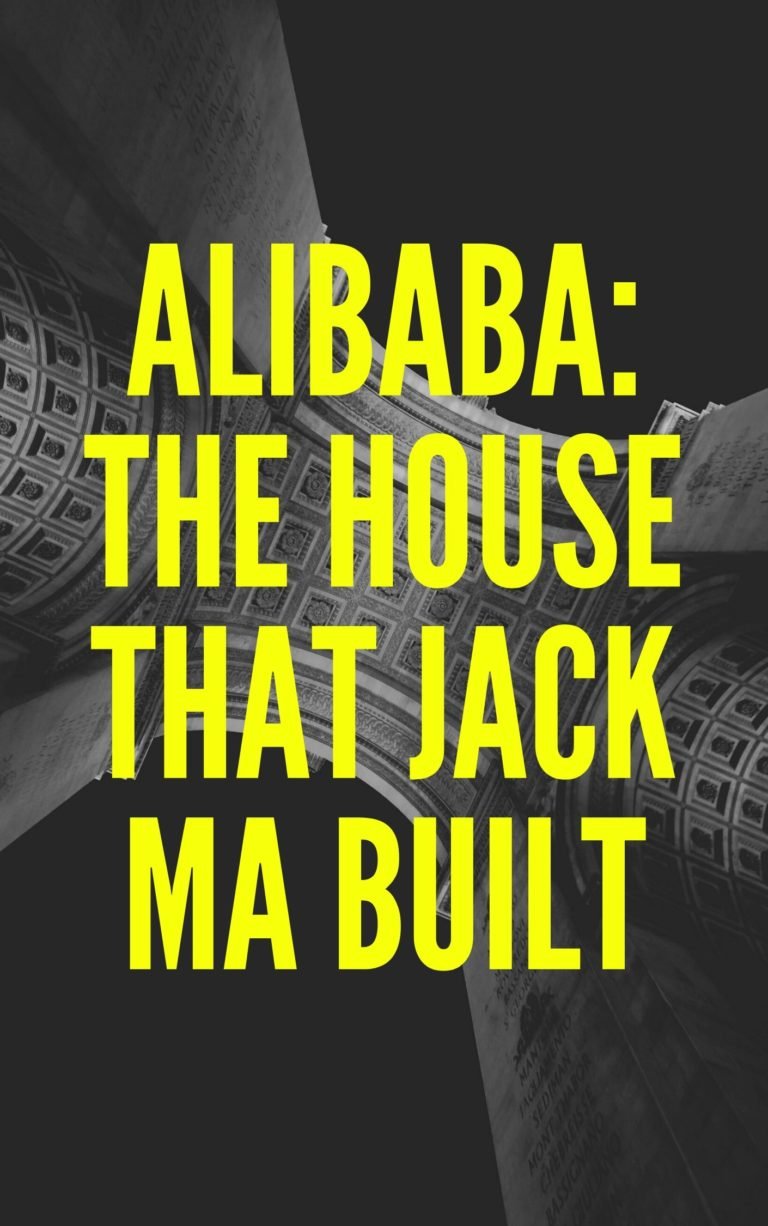
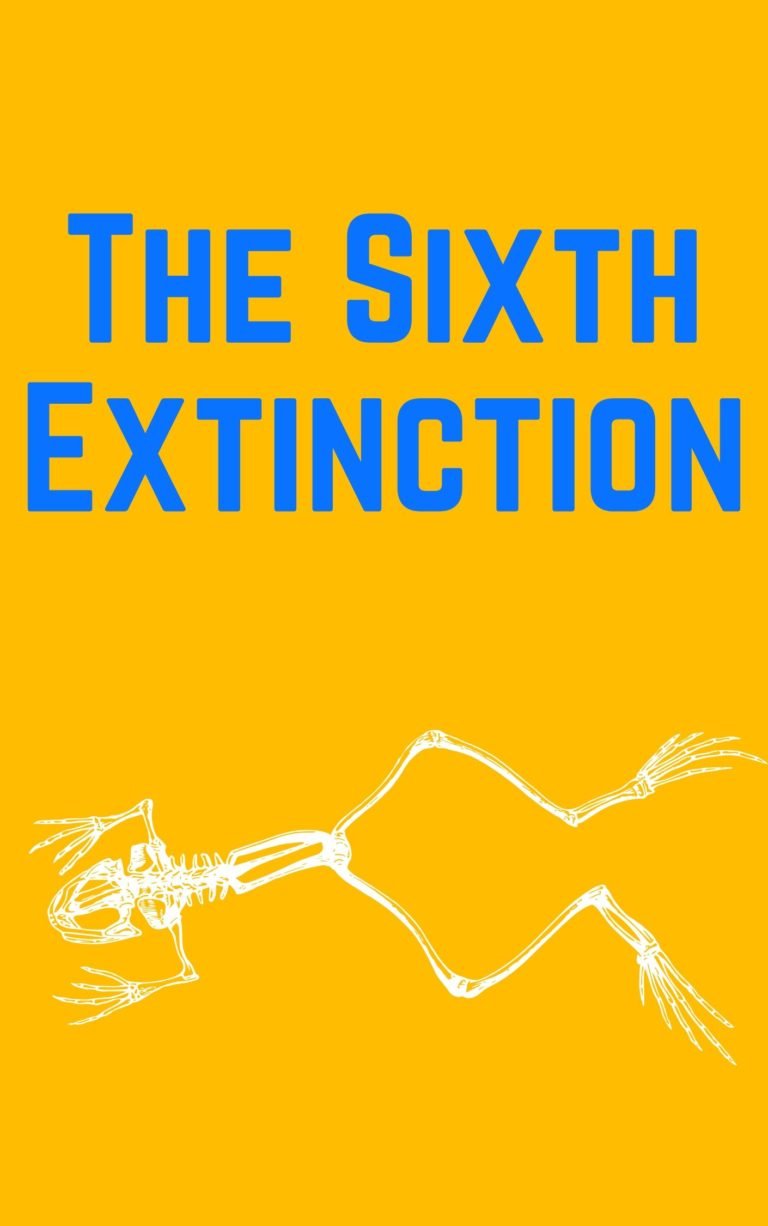
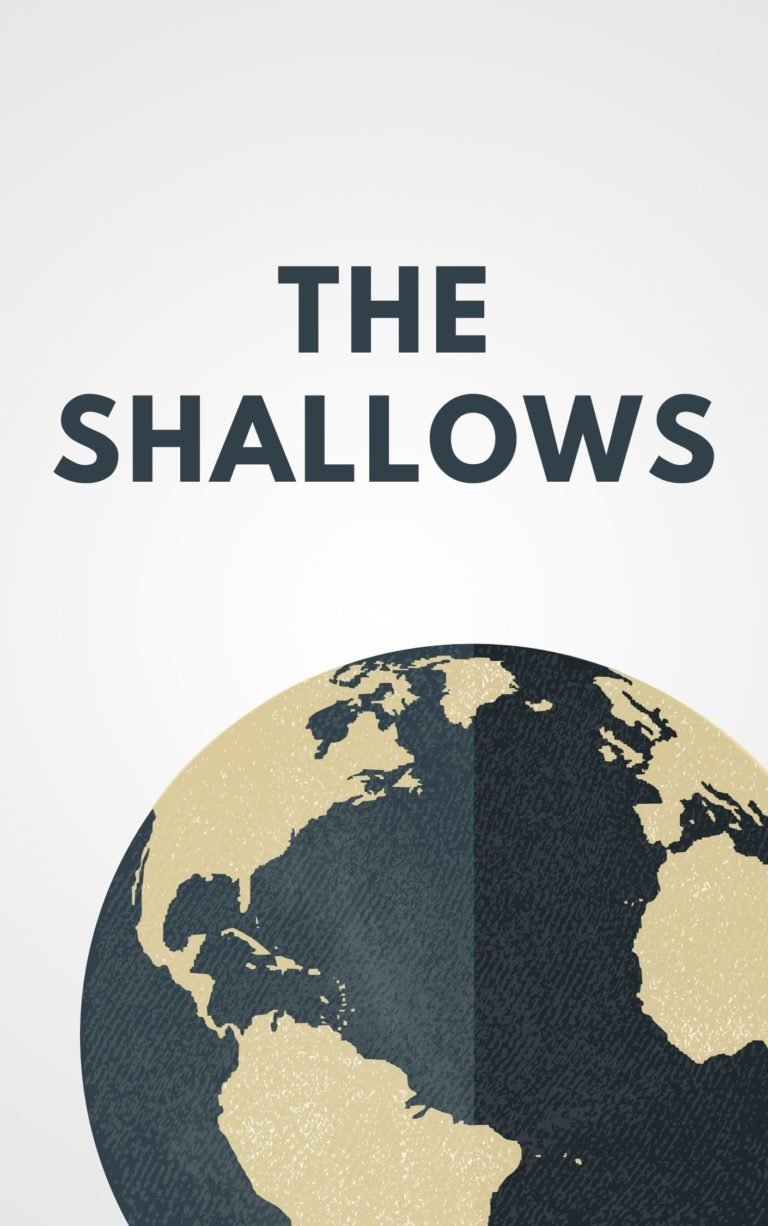
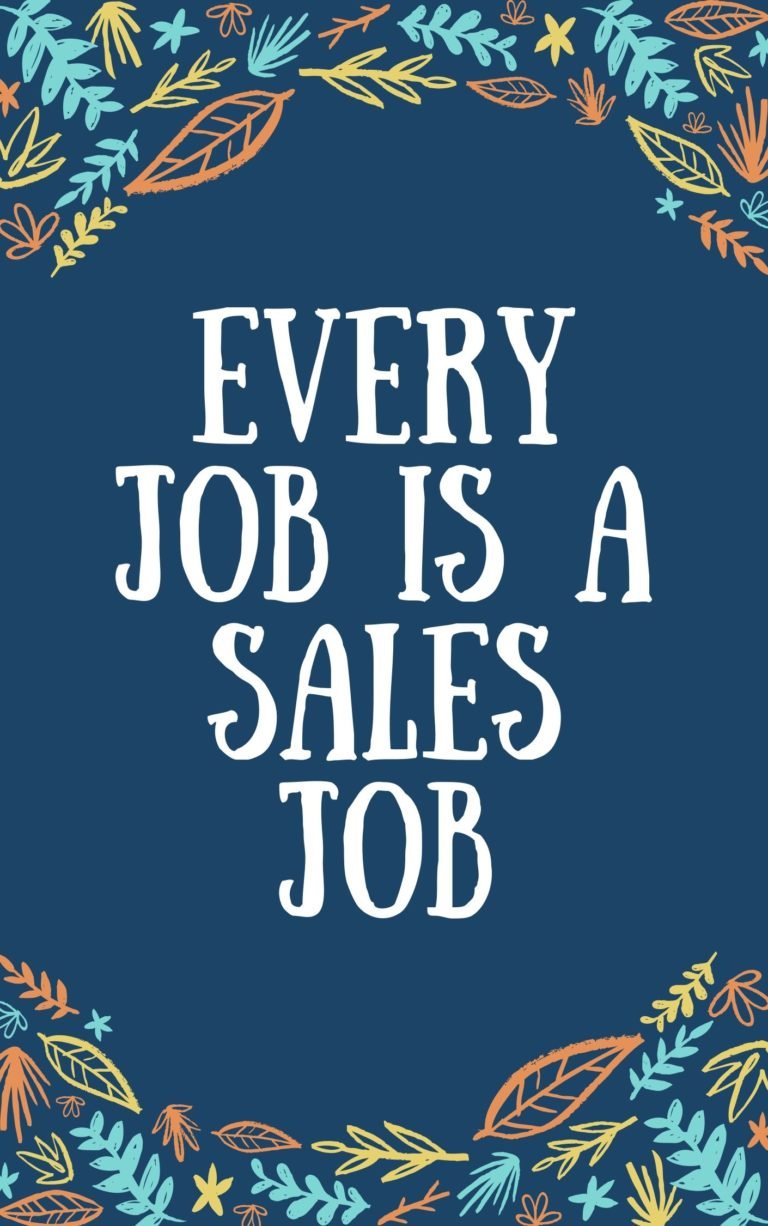
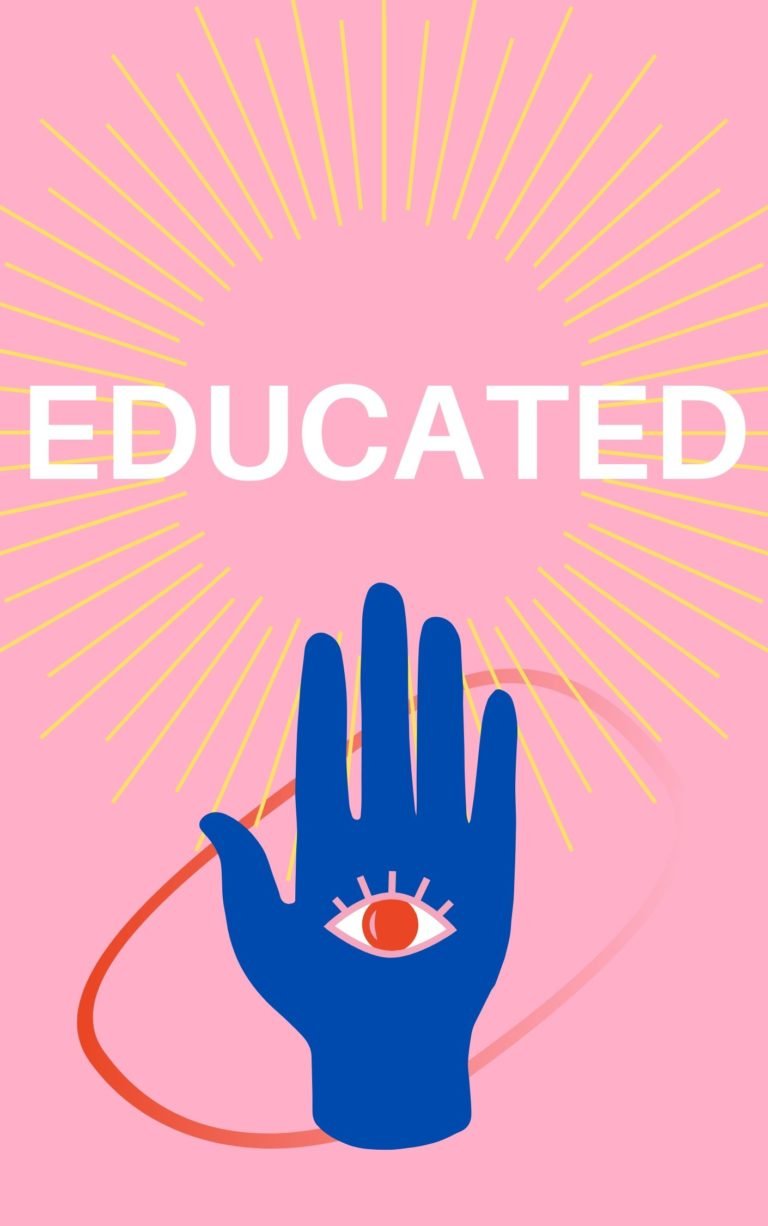
Very interesting information!Perfect just what I was looking for!